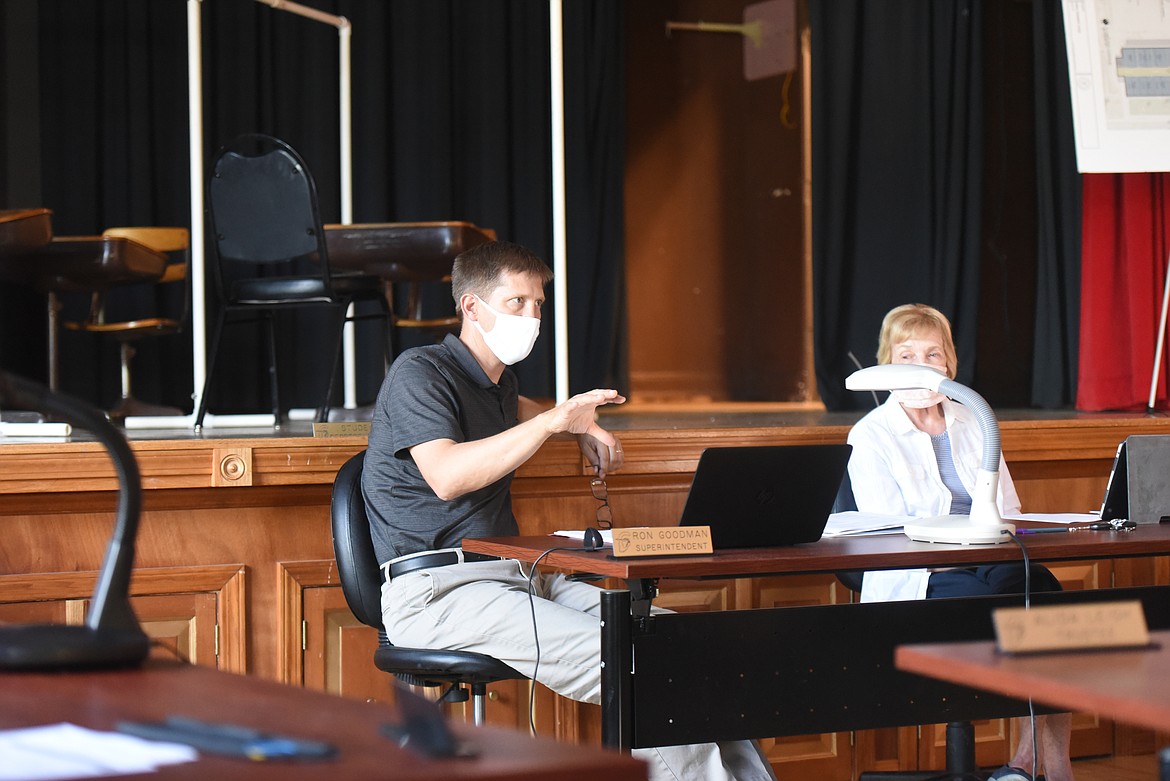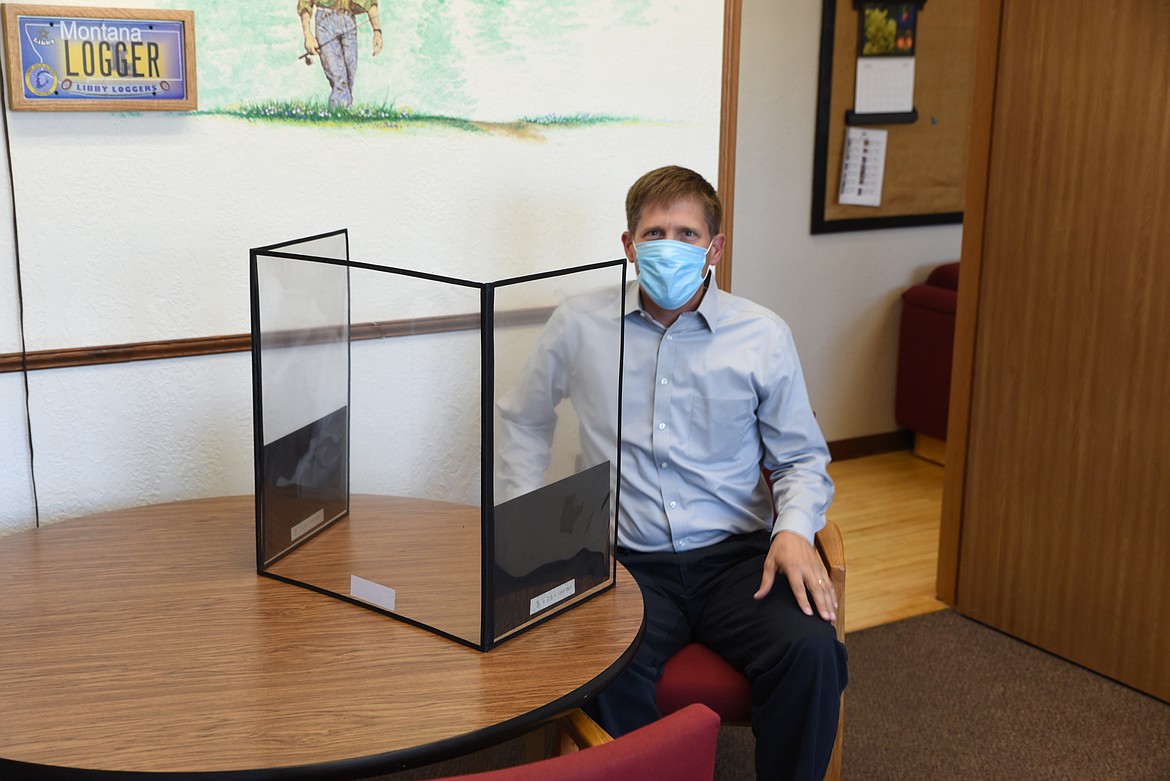More details emerge for coming school year
|
August 7, 2020 8:05 AM
Libby Public School District administrators are continuing to hammer out details for reopening classrooms during the pandemic.
During an Aug...
Become a Subscriber!
You have read all of your free articles this month. Select a plan below to start your subscription today.
Already a subscriber? Login







